The return of an Ice Age predator
Now, scientists at Colossal Biosciences — the biotech company also working to resurrect the woolly mammoth — have achieved what they describe as the world’s first successful “de-extinction.”
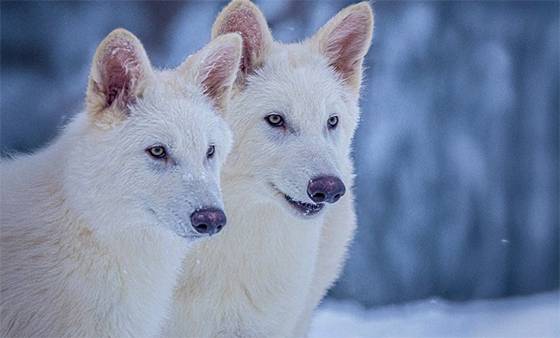
In a landmark experiment, Colossal scientists used reconstructed DNA from ancient fossils to engineer the first living dire wolves in modern times. The pups, named Romulus, Remus, and Khaleesi, were born through surrogate dogs after genetic editing transformed gray wolf DNA to match that of their extinct relatives. The achievement represents a major step forward in the rapidly developing field of synthetic biology and de-extinction research.
“This is more than just science fiction come to life,” said Colossal CEO Ben Lamm. “It’s a demonstration of how far we’ve come in restoring lost biodiversity through technology.”
How scientists recreated the dire wolf genome
Reconstructing the dire wolf’s genome was the first major challenge for the Colossal Biosciences team. Using fragments of DNA extracted from a 13,000-year-old tooth and a 72,000-year-old skull, researchers compared these ancient genetic sequences to the genomes of modern wolves, jackals, and foxes. Their analysis revealed 20 crucial genetic differences across 14 genes that distinguished dire wolves from their modern cousins.
These genetic markers were responsible for key traits such as their large body size, thick fur, powerful jaws, and unique howling patterns. To recreate these features, scientists used CRISPR-Cas9 gene-editing tools to modify gray wolf DNA to include these ancient gene variants.
Once edited, the nuclei from the modified wolf cells were inserted into gray wolf egg cells whose own nuclei had been removed. These reconstructed eggs were then matured in the lab before being implanted into domestic dog surrogates — a process similar to the one used to clone Dolly the sheep in 1996.
Birth of Romulus, Remus, and Khaleesi
Out of 45 embryos created in the lab, three successfully developed into full-term pregnancies in surrogate dogs. The first two pups, Romulus and Remus, were delivered via cesarean section on October 1, 2024. The third, Khaleesi, was born three months later.
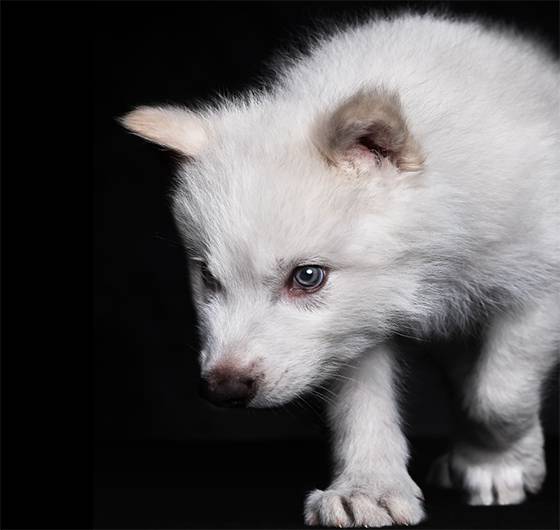
According to Colossal, all three pups are healthy and developing normally. Early footage released by the company shows them taking their first steps, howling, and displaying playful behavior reminiscent of modern wolves. Their thick white fur — a signature feature engineered from the dire wolf’s ancient genes — has captivated scientists and fans alike. Lamm described the achievement as a “fusion of ancient DNA and modern innovation,” celebrating the event as the first true case of de-extinction in the world.
How this compares to previous de-extinction attempts
While this achievement is being hailed as a world first, there have been earlier efforts to revive extinct species. In 2003, Spanish scientists cloned a Pyrenean ibex (Capra pyrenaica pyrenaica), an extinct wild goat. However, the cloned ibex died minutes after birth due to lung defects. Colossal’s dire wolf pups, by contrast, are thriving — marking a significant milestone in the field.
The company has also announced success in cloning two litters of red wolves, one of the world’s most endangered wolf species. This breakthrough suggests that de-extinction technologies could also aid in conserving critically endangered animals by increasing genetic diversity and restoring lost traits.
What comes next for Colossal Biosciences
Colossal’s success with dire wolves builds on its broader mission to use de-extinction as a conservation tool. The company has already gained attention for its ongoing project to recreate the woolly mammoth by 2028, along with experiments producing “woolly mice” — genetically modified rodents with mammoth-like fur.
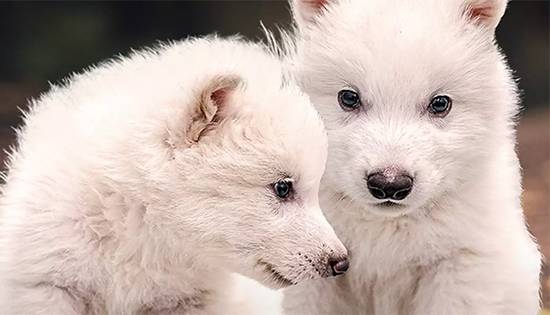
Although the resurrection of extinct species raises ethical and ecological questions, Colossal argues that these scientific advances could help restore lost ecosystems and repair damage caused by human activity. “We’re not just bringing back lost animals,” Lamm explained. “We’re restoring the balance of nature that once existed.”
If the dire wolves continue to thrive, Colossal hopes to establish a controlled sanctuary where scientists can study their behavior, genetics, and ecological impact. For now, Romulus, Remus, and Khaleesi represent a breathtaking glimpse into a future where extinction may no longer be permanent.

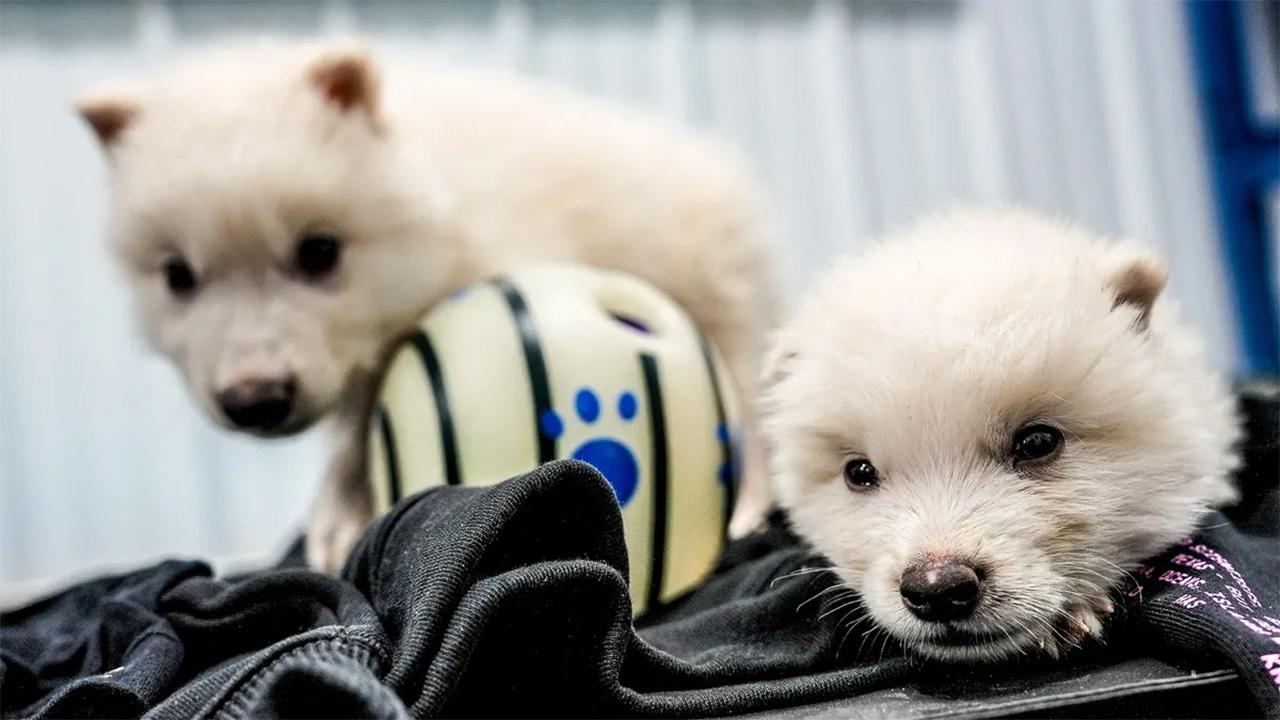
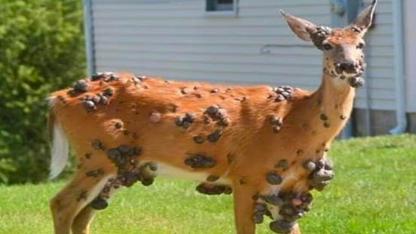
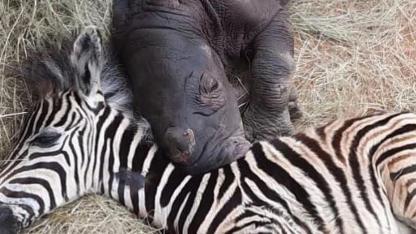
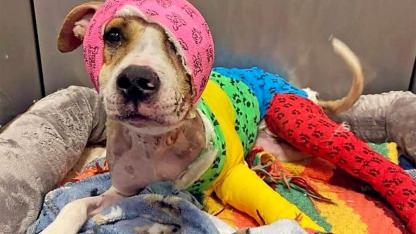
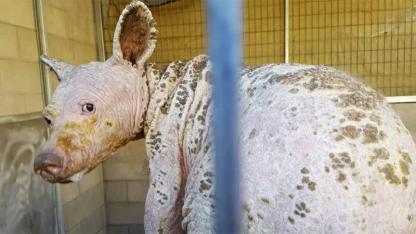

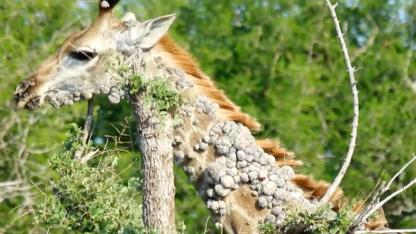

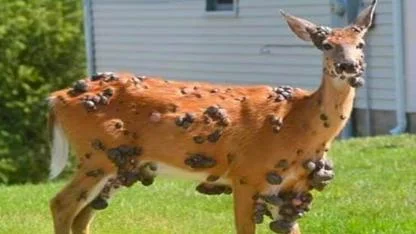
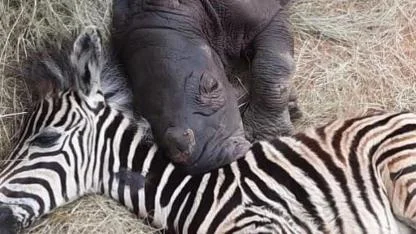
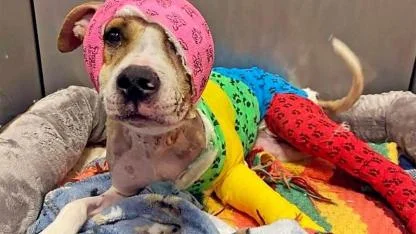
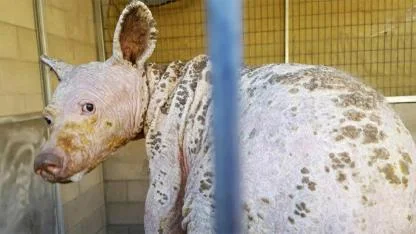

Yorumlar
Kalan Karakter: